Tight muscles, nagging aches, and restricted movement don’t always require a trip to the gym or expensive tools. Myofascial release—a technique that targets the connective tissue surrounding your muscles—can be done anywhere, anytime, with no equipment. This 18-minute routine is designed to improve flexibility, reduce soreness, and enhance overall mobility using just your body weight and mindful pressure.
Fascia is a web-like layer of connective tissue that surrounds muscles, bones, and organs. When this tissue becomes tight or restricted due to stress, injury, or inactivity, it can lead to discomfort and limited range of motion. Myofascial release helps loosen these restrictions by applying sustained pressure to trigger points—commonly known as 'knots'—allowing the tissue to relax and function more efficiently.
The best part? You don’t need foam rollers or massage guns. Using your hands, elbows, or body weight against the floor, you can perform effective self-myofascial release anywhere.
This routine is broken into six zones, with three minutes dedicated to each. Perform movements slowly and breathe deeply to maximize tissue relaxation.
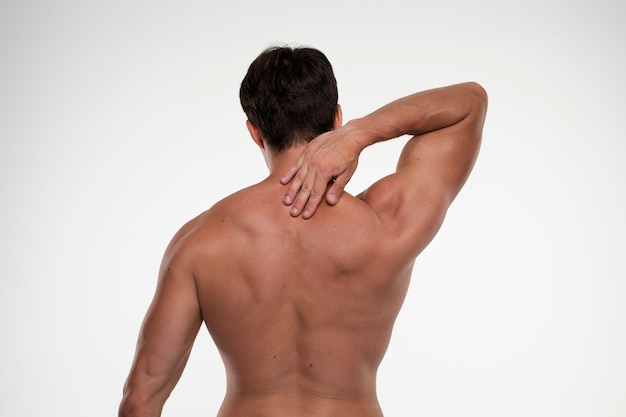
Technique: Sit or lie down. Use your fingertips to gently press along the base of your skull, moving from the center to the sides. Apply light pressure for 20–30 seconds on tender spots.
Form Notes: Keep shoulders relaxed. Avoid using nails—use pads of fingers only. Tilt head slightly forward to access upper traps.
Modification: Place a rolled towel under the neck while lying down for passive support.
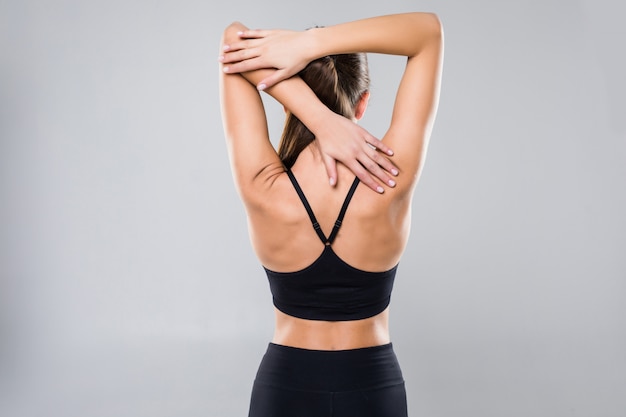
Technique: Lie on your back with a small ball (tennis or lacrosse) placed between your shoulder blades. Roll slowly to locate tight spots, then pause and breathe into the area.
Form Notes: Keep hips on the floor. Move only your upper body. Avoid rolling over the spine—stay on the muscle tissue to the side.
Modification: Use a softer ball or a rolled sock if pressure is too intense.
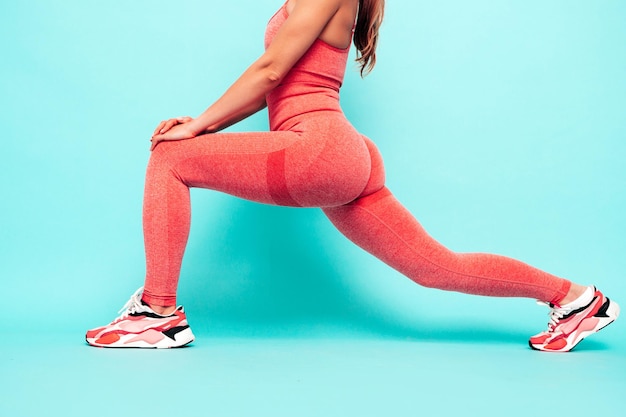
Technique: Sit on the floor and cross one ankle over the opposite knee. Lean into the glute of the bent leg, using your hands to support and apply pressure. Shift weight to target different areas.
Form Notes: Keep your back straight. Focus on one side at a time. Use slow, controlled movements.
Modification: Sit on a cushion if floor pressure is too much on the sit bones.
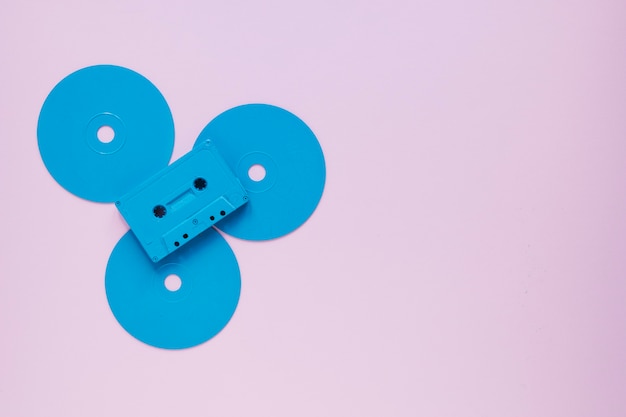
Technique: Lie on your side with the bottom leg straight. Use your forearm to prop up your upper body. Slowly roll from just below the hip to above the knee, pausing on tight spots.
Form Notes: Keep core engaged to control movement. This area can be sensitive—use minimal body weight at first.
Modification: Bend the top leg and place the foot on the floor in front for better balance and reduced pressure.
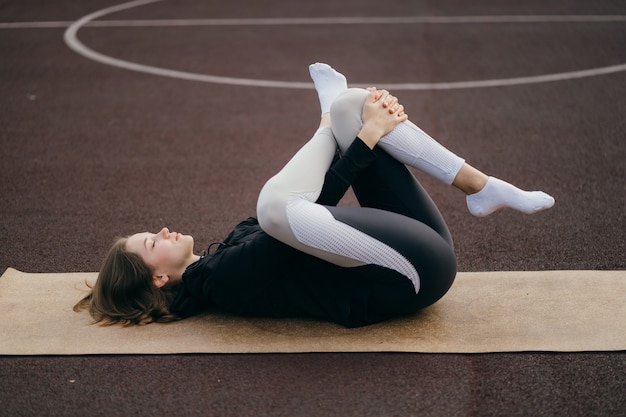
Technique: Lie face down and support your upper body on your elbows. Lift one leg slightly and use your hands to knead the front of the thigh, focusing on any tight bands.
Form Notes: Apply pressure gradually. Move in small circles or use long strokes from hip to knee.
Modification: Perform while sitting on a chair, pressing into the quads with your hands.

Technique: Sit with one leg extended. Loop a towel or strap around the ball of your foot. Use your hands to press into the calf muscle while gently flexing the foot.
Form Notes: Keep the knee straight but not locked. Alternate between pressure and gentle ankle movements to enhance release.
Modification: Perform lying on your stomach, using your hands directly on the calf without a towel.
This routine is ideal for office workers, athletes, older adults, and anyone experiencing stiffness or post-exercise soreness. It’s low-impact, safe, and easily customizable based on comfort level.
By dedicating just 18 minutes a day, you can significantly improve your body’s flexibility, reduce discomfort, and support long-term musculoskeletal health—no equipment, no gym, no excuses.

Wellness

Wellness

Wellness

Wellness

Wellness

Wellness

Fitness
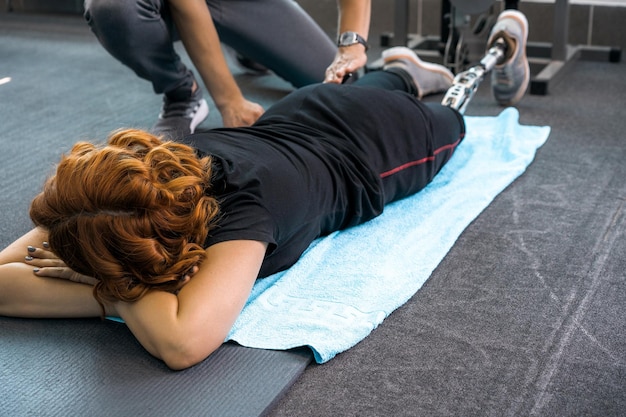
Fitness

Fitness

Fitness

Fitness
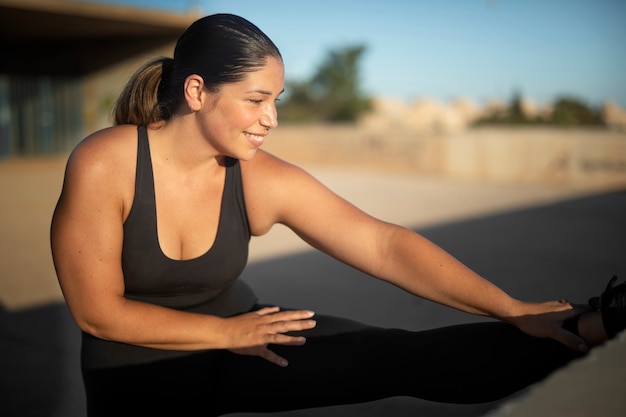
Fitness

Health

Fitness

Health

Health